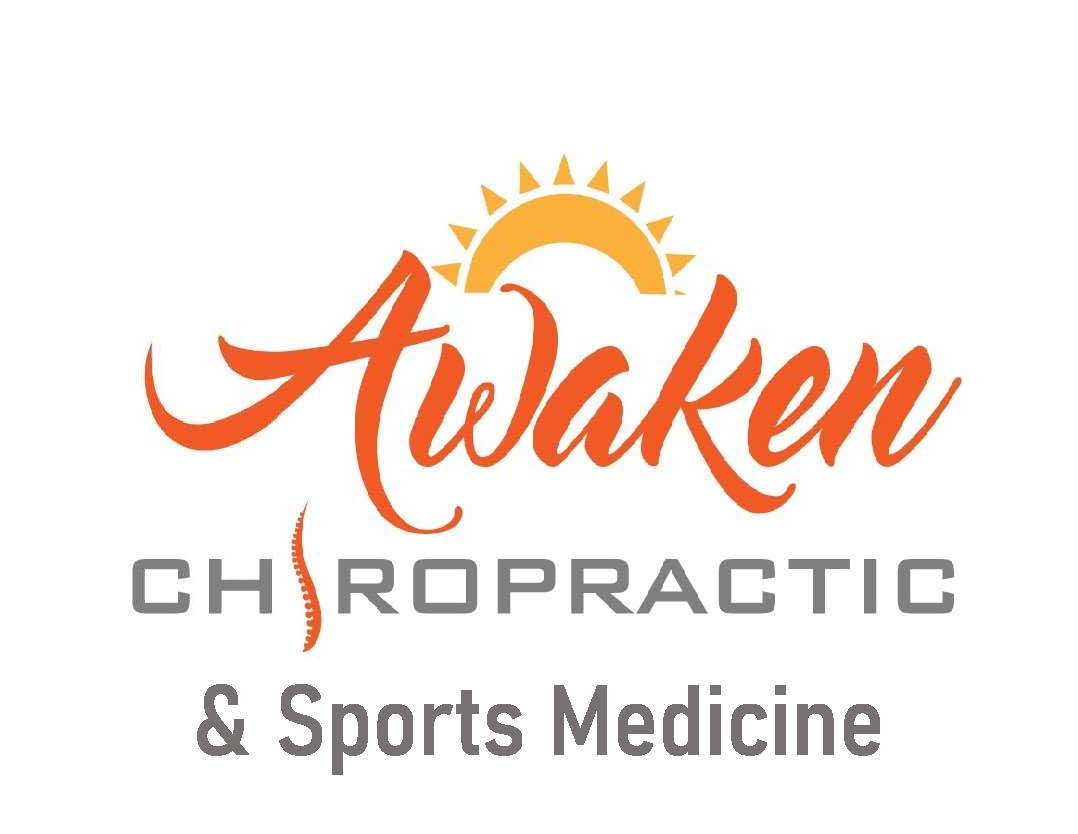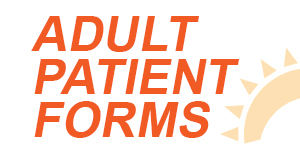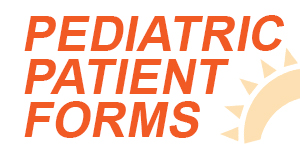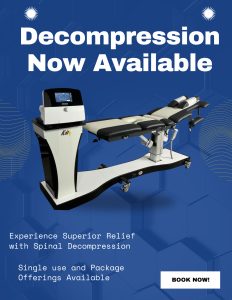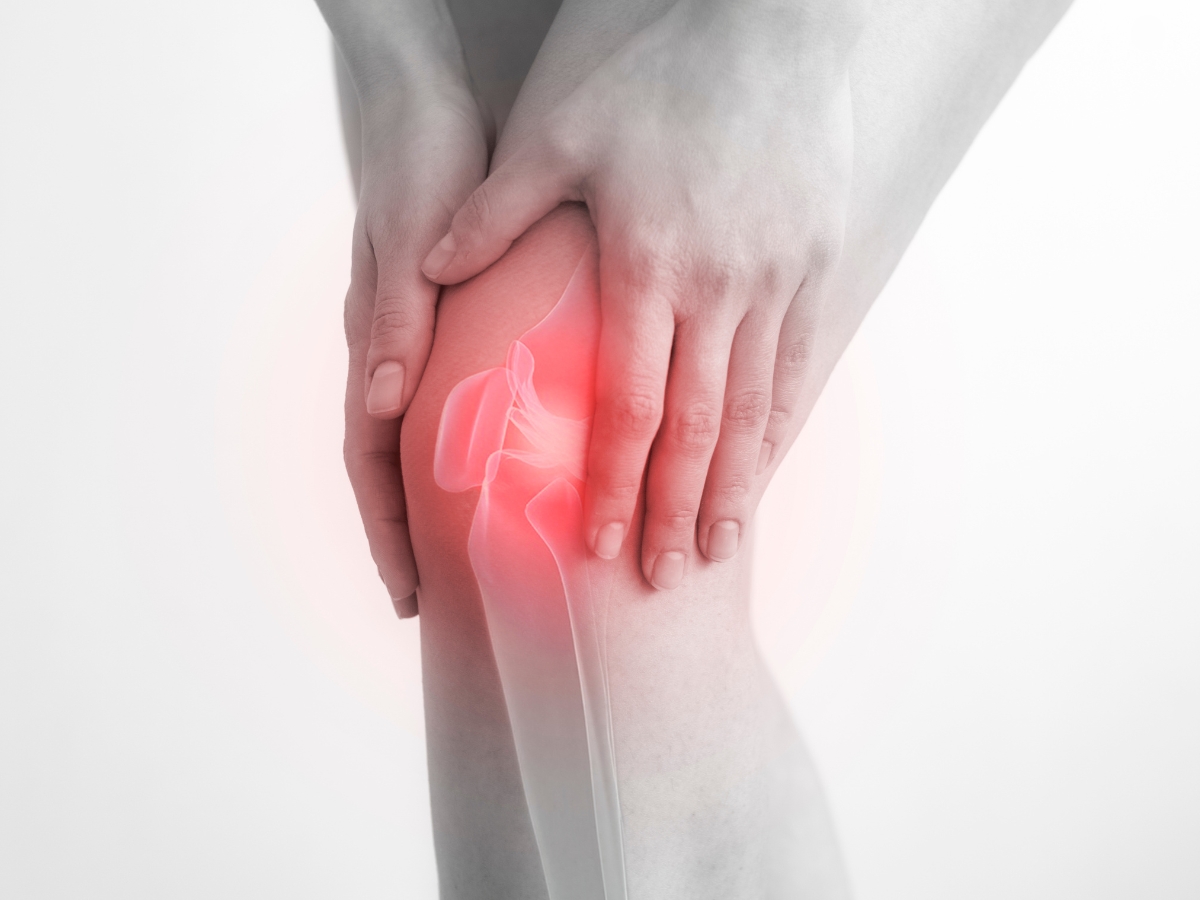Elbow pain can sneak into your day and make even the simplest tasks feel frustrating—whether it’s typing at your desk, swinging a racket, or just twisting the lid off a jar. It’s easy to assume it’s something you just have to put up with or that fixing it will involve surgery or medications.
But in many cases, elbow pain starts with issues that can be treated more gently. Chiropractic care offers a hands-on, non-invasive way to address the root of the problem—so you’re not just masking the pain but actually helping your body fully heal. Before you reach for another painkiller or start avoiding certain movements, it helps to understand what’s causing the discomfort in the first place. So, let’s look at the top causes of elbow pain below.
Common Causes of Elbow Pain
Elbow pain can arise from various conditions and situations, including:
1. Tennis Elbow (Lateral Epicondylitis)
Despite its name, you don’t need to play tennis to develop this condition. Tennis elbow affects the outside (lateral) part of your elbow and occurs when the tendons that connect your forearm muscles to your elbow become irritated from repetitive motions.
People who frequently use wrist extension movements—like painters, plumbers, carpenters, and yes, tennis players—are particularly susceptible. The pain typically develops gradually, starting as mild discomfort and potentially progressing to severe pain that radiates down the forearm and into the wrist.
2. Golfer’s Elbow (Medial Epicondylitis)
The counterpart to tennis elbow, golfer’s elbow affects the inside (medial) part of the elbow. It develops through repetitive flexing, gripping, or swinging movements that place stress on the tendons connecting your forearm muscles to the bony bump on the inside of your elbow.
However, like tennis elbow, this condition also affects many non-golfers, including weightlifters, javelin throwers, and people who perform repetitive hand movements at work. The pain may spread into the forearm and wrist, and grip strength often diminishes as the condition progresses.
3. Nerve Compression
The elbow serves as a pathway for several major nerves traveling from your neck to your hand. When these nerves become compressed or irritated—whether at the elbow itself or elsewhere along their path—pain, tingling, or numbness can result.
Cubital tunnel syndrome (compression of the ulnar nerve) and radial tunnel syndrome (compression of the radial nerve) are common nerve-related causes of elbow pain. These conditions often cause symptoms that extend beyond the elbow, affecting the hand, fingers, or forearm.
4. Cervical Spine Misalignment
Surprisingly, many cases of elbow pain originate not in the elbow itself but in the neck or cervical spine. When the vertebrae in your neck become misaligned, they can irritate the nerve roots that eventually extend into your arm and elbow.
This referred pain pattern explains why some people experience persistent elbow discomfort despite no apparent injury to the joint itself. Addressing the spinal misalignment can often resolve the elbow pain that other treatments have failed to improve.
5. Joint Dysfunction
The elbow is a complex joint formed by three bones—the humerus, radius, and ulna. When these bones lose their proper alignment or movement patterns become restricted, pain and dysfunction can result.
Joint dysfunction may occur following an injury, but it can also develop gradually due to poor posture, repetitive movements, or compensations for problems elsewhere in the body. Unlike many other causes of elbow pain, joint dysfunction may cause clicking, popping, or a feeling of instability in the elbow.
How Chiropractic Care Addresses Elbow Pain
Your local Parker chiropractor will begin with a thorough evaluation to identify the specific cause of your elbow pain. This assessment includes examining not just your elbow but also your neck, shoulder, wrist, and overall posture to identify potential contributing factors.
Advanced assessments may include range of motion testing, neurological evaluations, and specific orthopedic tests designed to pinpoint the exact nature of your condition. This comprehensive approach ensures that treatment targets the true source of your pain rather than just the symptoms.
Specialized Adjustments
Based on the findings of your assessment, your chiropractor may perform specific adjustments to restore proper joint function. These adjustments can include:
- Precise manipulation of the elbow joint to improve mobility
- Cervical spine adjustments to reduce nerve irritation
- Adjustments to the wrist, shoulder, or other related areas to improve overall biomechanics
These gentle, controlled movements help restore proper alignment and movement patterns, reducing stress on affected structures and facilitating the body’s natural healing processes.
Personalized Treatment Plans
Beyond adjustments, your Parker and Highlands Ranch chiropractors will develop a comprehensive treatment plan tailored to your specific condition and needs. This approach recognizes that elbow pain often involves multiple factors that must be addressed for complete resolution.
Your treatment plan may incorporate specific strategies to address posture, workplace ergonomics, and movement patterns that contribute to your elbow pain. By modifying these factors, you can prevent recurrence and maintain long-term joint health.
Don’t let elbow pain limit your activities or diminish your quality of life. At Awaken Chiropractic, our team is here to help! Book your appointment with us today.
